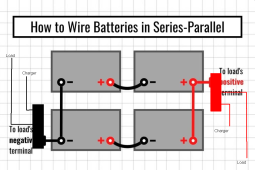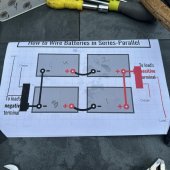littlehuw
New Member
Really pleased how easy it all went today. Thanks for your help all. I used 35mm cable for the earthing rod but had to separate into two to get it on the earthing bus bar. Will this be ok?
the two MPPT controllers are set at the same settings apart from the smaller 40a one I have zeroed the equaliser time as suggested.
all cables to the batteries positive and negative are the exact same length and 16mm.
I have a WiFi controller to view/amend the details of the controllers if needs be. They are controlling 4 x 220ah SLA batteries, 2S 2P for 24v.
solar panels are 4 x 375w at 2S 2P for 1500w 68v 22a into the 80a controller via 30a fuse pre-entry. DC breaker to battery @80a
then 3 x 150w 3S for 450w for 57v at 8a into the 40a controller with a 25a fuse pre-entry. DC breaker to battery @40a
anything humdingingly bad let me know! Am going to put 2 x fridge and 2 x freezers on it tomorrow
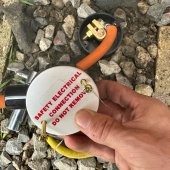
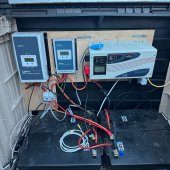
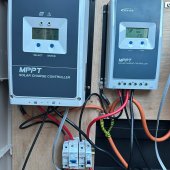
the two MPPT controllers are set at the same settings apart from the smaller 40a one I have zeroed the equaliser time as suggested.
all cables to the batteries positive and negative are the exact same length and 16mm.
I have a WiFi controller to view/amend the details of the controllers if needs be. They are controlling 4 x 220ah SLA batteries, 2S 2P for 24v.
solar panels are 4 x 375w at 2S 2P for 1500w 68v 22a into the 80a controller via 30a fuse pre-entry. DC breaker to battery @80a
then 3 x 150w 3S for 450w for 57v at 8a into the 40a controller with a 25a fuse pre-entry. DC breaker to battery @40a
anything humdingingly bad let me know! Am going to put 2 x fridge and 2 x freezers on it tomorrow







